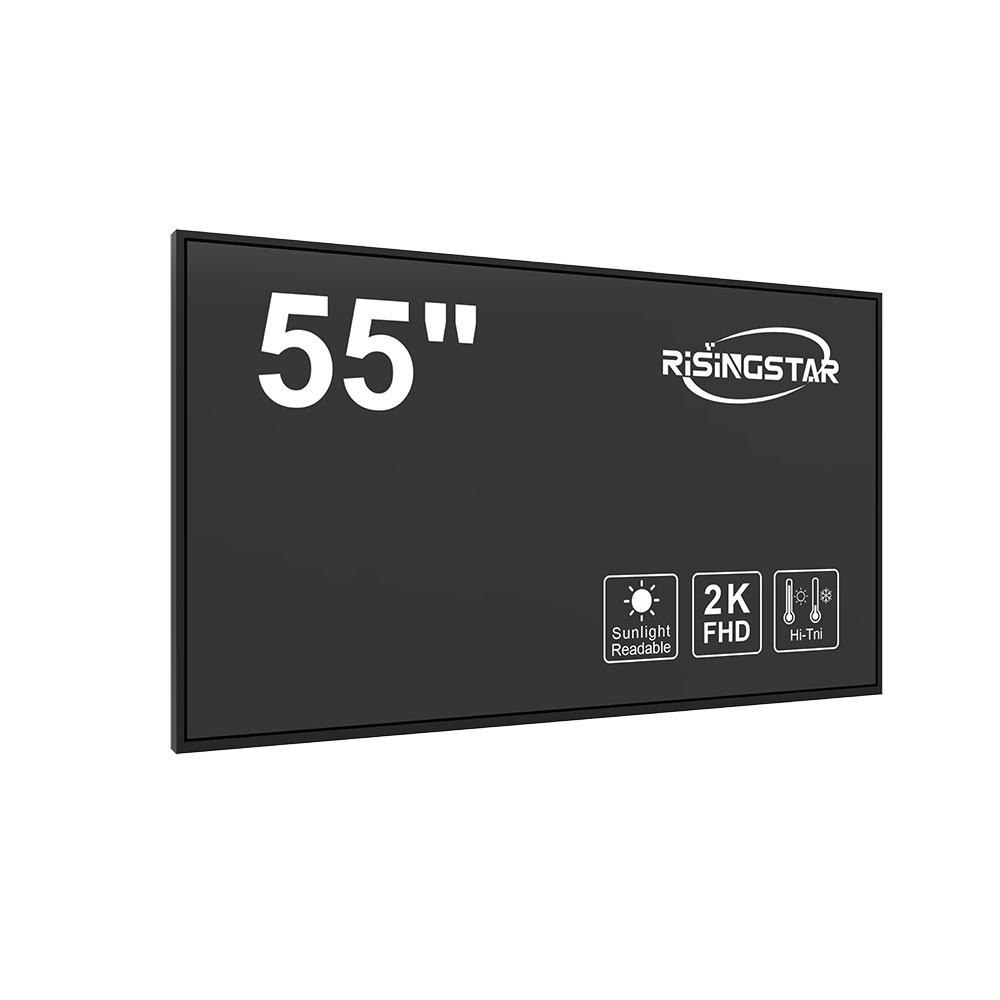
Declaración de privacidad: Su privacidad es muy importante para nosotros. Nuestra empresa promete no divulgar su información personal a ninguna empresa externa sin su permiso explícito.
High-brightness sunlight-readable LCD screens are engineered to maintain visibility under extreme lighting conditions, particularly direct sunlight—a challenge that standard LCDs struggle with due to ambient light interference. These displays are critical in military, industrial, transportation, and outdoor consumer applications where reliable visual output is essential for safety and operational efficiency. According to the U.S. Department of Defense’s MIL-STD-188-133B specification, sunlight-readable displays must achieve a minimum brightness of 5,000 nits (cd/m²) to ensure readability under full sun exposure. In contrast, typical indoor LCDs range from 250–500 nits, making high-brightness displays 10–20 times more luminous than conventional panels.
The core technology behind these screens involves advanced backlighting systems—such as LED arrays with high-efficiency drivers—and specialized optical films like diffusion layers, brightness enhancement films (BEFs), and polarizers optimized for wide viewing angles and minimal glare. For example, the use of a high-luminance white LED backlight combined with a dual-layer prism sheet can increase brightness by up to 40% compared to traditional single-layer designs. Additionally, anti-reflective coatings, often based on nanostructured surfaces or multi-layer dielectric coatings, reduce surface reflections by over 90%, which is crucial in reducing “mirror effect” seen in non-treated glass.
Case studies demonstrate real-world effectiveness. In 2021, a U.S. Navy fleet deployed ruggedized tablets equipped with 7,000-nit sunlight-readable LCDs for shipboard navigation. The devices remained fully readable even at noon in tropical climates, significantly improving situational awareness during operations. Similarly, in 2023, a German automotive manufacturer integrated a 6,000-nit display into their off-road vehicles’ infotainment system, ensuring drivers could access GPS and diagnostic data in direct sunlight without needing to seek shade or adjust settings manually.
Manufacturers such as ELO Touch Solutions, Innolux, and LG Display have adopted new materials like quantum dot-enhanced LEDs and microLED backlights to push brightness limits while reducing power consumption. Quantum dots offer superior color gamut and luminance efficiency, enabling displays that not only read clearly but also meet energy standards such as ENERGY STAR and RoHS compliance. Furthermore, adaptive brightness control algorithms—often paired with ambient light sensors—dynamically adjust screen intensity based on environmental light levels, optimizing both battery life and user experience in mobile applications.

From an industry perspective, the global market for sunlight-readable displays is projected to grow at a CAGR of 6.8% from 2024 to 2030, driven by increased demand in autonomous vehicle dashboards, drone control systems, and field service equipment. Standards bodies like the International Electrotechnical Commission (IEC) and ISO have published guidelines (e.g., IEC 60068-2-1 for temperature and humidity resistance) that manufacturers must follow to ensure durability in harsh environments.
In summary, high-brightness sunlight-readable LCDs represent a convergence of optics, materials science, and intelligent design. Their ability to function reliably in extreme conditions makes them indispensable across defense, mobility, and industrial sectors—where clarity under pressure is not just a feature, but a necessity.

Enviar correo electrónico a este proveedor

Declaración de privacidad: Su privacidad es muy importante para nosotros. Nuestra empresa promete no divulgar su información personal a ninguna empresa externa sin su permiso explícito.